13 Lesser-Known Destinations in France Worth Exploring
Everyone knows Paris, the Riviera, and the lavender fields of Provence. But France is full of under-the-radar places that offer just as much beauty, culture, and variety, without the usual crowds.
Here are thirteen destinations and areas that come up in traveler discussions, each offering something unique and accessible.
1. Isère: Mountains, Caves, Hidden Villages
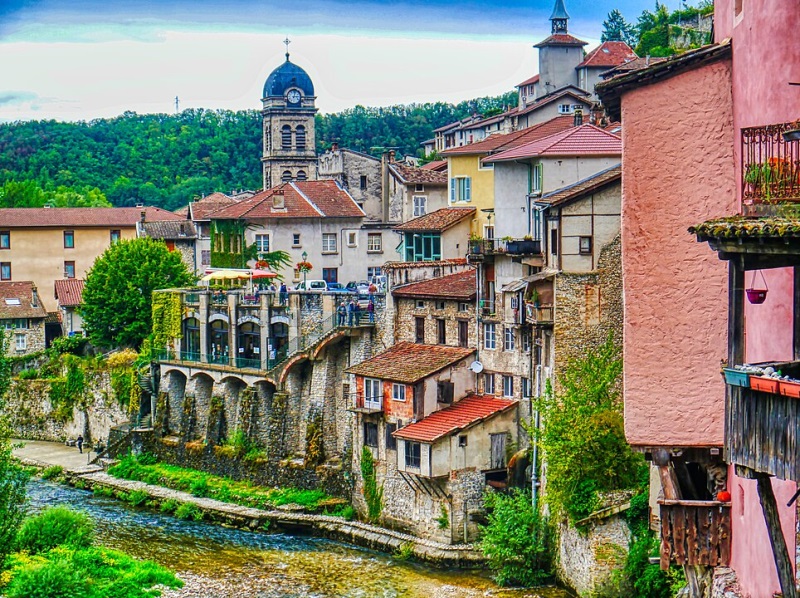
Most visitors skip this department entirely even though it’s packed with things to do. Base yourself in Grenoble and you’ll be able to reach three mountain ranges by city bus. The town also has surprisingly good museums for its size.
Drive into the Chartreuse mountains and try the original Chartreuse liquor. Nearby, the Vercors cliffs are home to the hanging houses of Pont-en-Royans, and you can cruise the river from Saint-Nazaire-en-Royans under a scenic aqueduct.
Hikers should head to Lac de Monteynard for the footbridges and try a via ferrata if you’re up for a challenge. The caves at Choranche and Sassenage are worth a visit.
2. The Pyrénées: the Basque Foothills
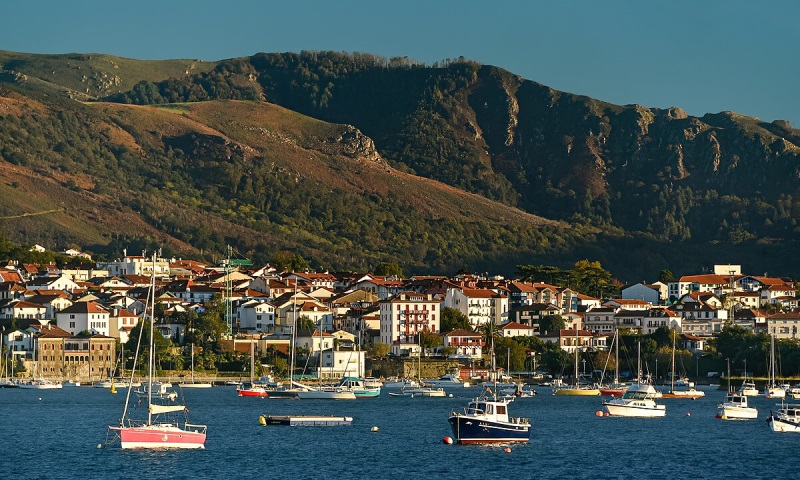
The southwest Pyrénées are often skipped by foreign travelers. Pau offers one of the most dramatic views of the mountains from its boulevard, and it’s a short drive from both Spain and the Atlantic coast.
From Biarritz, head south to Hendaye or Saint-Jean-de-Luz for scenic roads and coastal hikes. North of Biarritz, Les Landes is a pine forest stretching for miles.
Go inland for a hike to the summit of La Rhune. It’s a region that shifts quickly from surf to forest to mountains.
3. Cathar Country: Castles, Canyons, & Coastlines
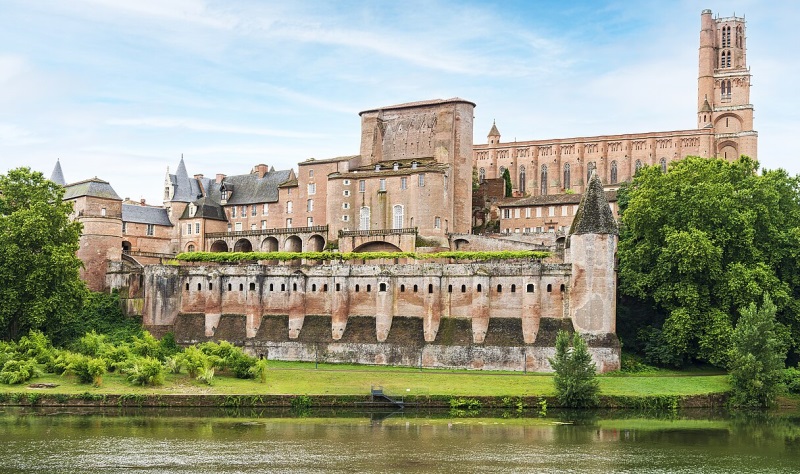
The stretch from Toulouse to the Spanish border cuts through Cathar territory, full of wild landscapes and medieval ruins. Albi is known for its massive red-brick cathedral and riverside views, yet it sees few international tourists.
Carcassonne is more famous, but the smaller villages like Minerve offer a more relaxed version of the same historic atmosphere.
4. Banyuls & Villefranche-de-Conflent
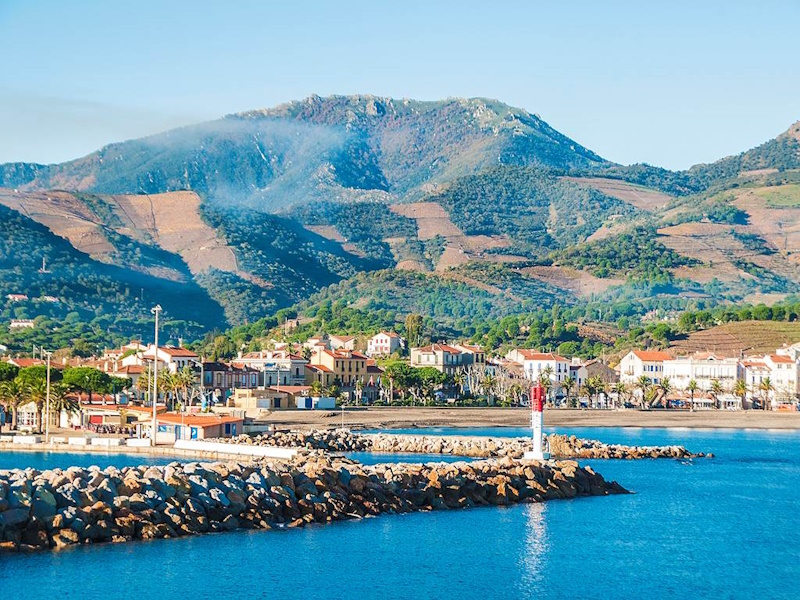
The Pyrénées-Orientales region has some of the cheapest public transport in France, with buses as low as €1. From Perpignan, take one to Céret which has a museum tied to Picasso’s time there.
Banyuls-sur-Mer offers sweet wines, art, and Mediterranean views.
Villefranche-de-Conflent, a walled village in the mountains, is also the starting point for the Little Yellow Train, which climbs through the Pyrenees and holds the record for France’s highest rail station.
5. The Loire Valley by Bike
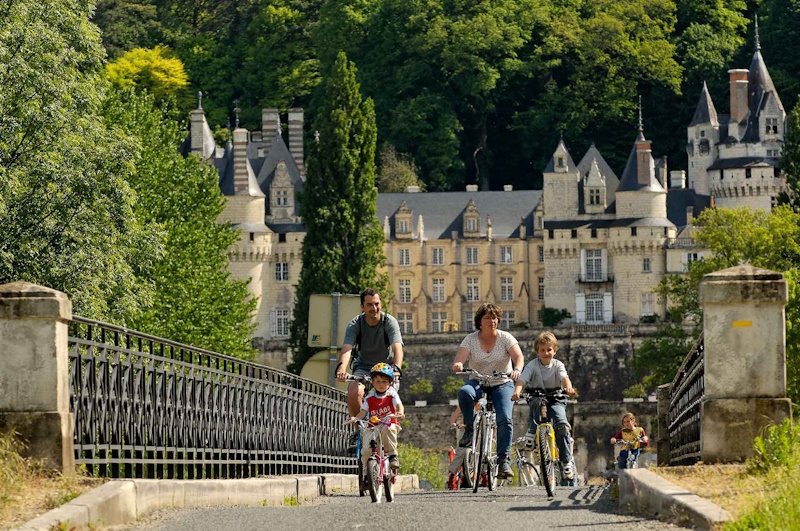
Many people pass through the Loire by car, but cycling between towns gives a different rhythm. Start in Tours, rent bikes from Detours de Loire, and leave your luggage with them.
You’ll roll past castles, stop at small family-run wineries, and picnic in the countryside. Amboise, Blois, and villages between are accessible, even outside the high season.
Travelers often note that hosts at small B&Bs and wineries are typically friendly and welcoming – communication isn’t a problem even with basic French. A popular tip is to use Bagafrance for luggage forwarding so you don’t have to carry heavy bags on your bike.
6. The Cevennes and Languedoc
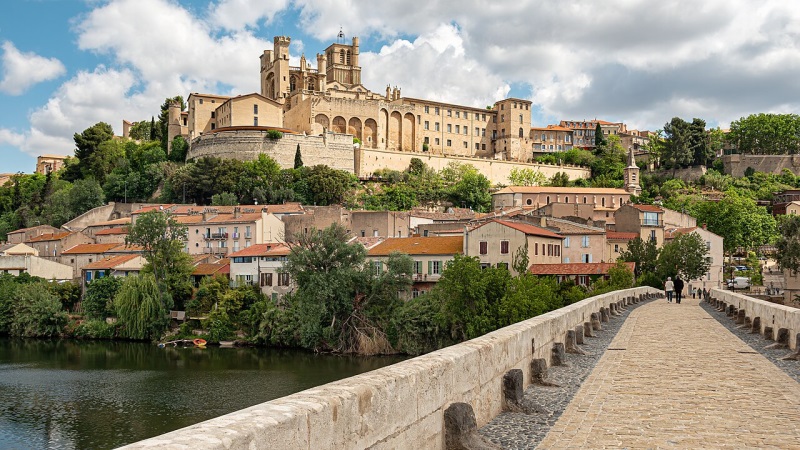
Montpellier is a good entry point, and just an hour north, the Cevennes mountains feel remote and unpolished. Hike up to Pic Saint-Loup or visit vineyards nearby.
The coastal wetlands of Petite Camargue are home to flamingos and horses. Unlike the Rhône-side Camargue, this area is quieter.
Nîmes, with its Roman arena, still hosts events like the Feria de Nîmes. Its wines, like Costières de Nîmes, are underrated.
The nearby towns of Béziers and Narbonne are some of the oldest in France and worth visiting for their medieval and Cathar history.
7. Gorges du Verdon: Natural Canyon
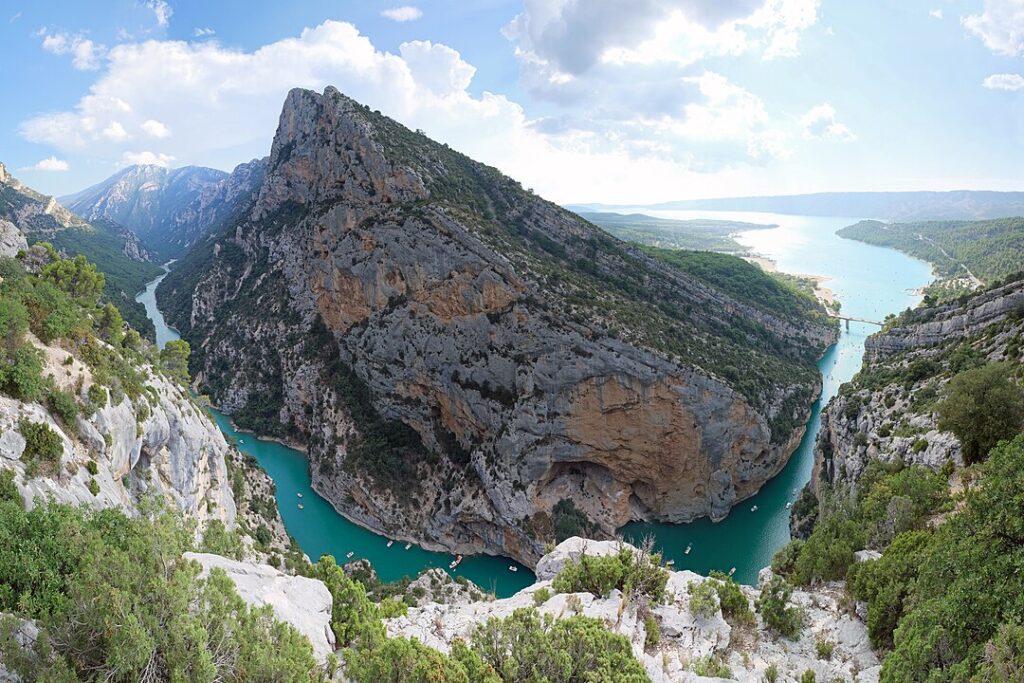
Inland from the Riviera, the Gorges du Verdon are a dramatic canyon with turquoise water, cliffside drives, and remote beaches. Activities include kayaking and swimming in Lac de Sainte-Croix.
It’s a slow drive, with winding roads and constant viewpoints, so staying overnight in the area is worth it.
8. The Côte Vermeille
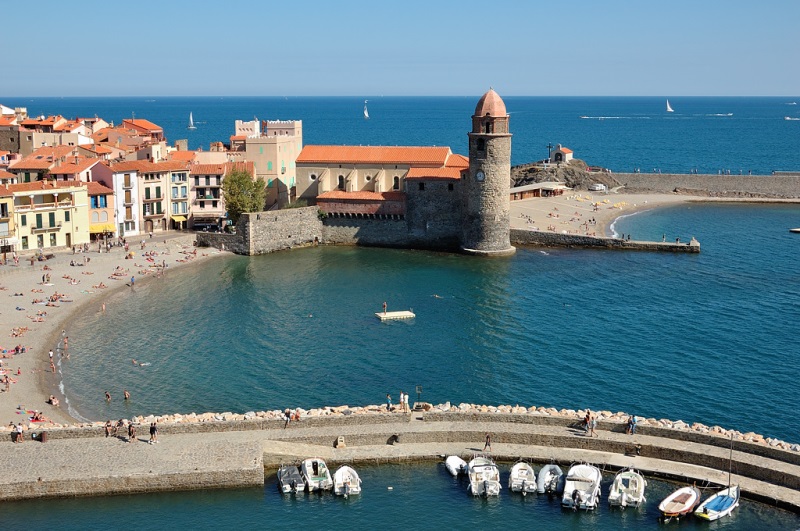
South of Perpignan, the Côte Vermeille is where the Pyrénées meet the Mediterranean. The village of Collioure has long attracted artists, including Matisse. Unlike the flashy resorts farther east, this area remains understated.
From there, hike along the coast to Cerbère, passing coves and hillside vineyards, then cross into Spain toward Portbou, Cadaqués, and Figueres, home to the Dalí museum.
The route follows a historic WWII escape trail and is fully accessible by train or €1 regional buses.
9. The Champagne Route
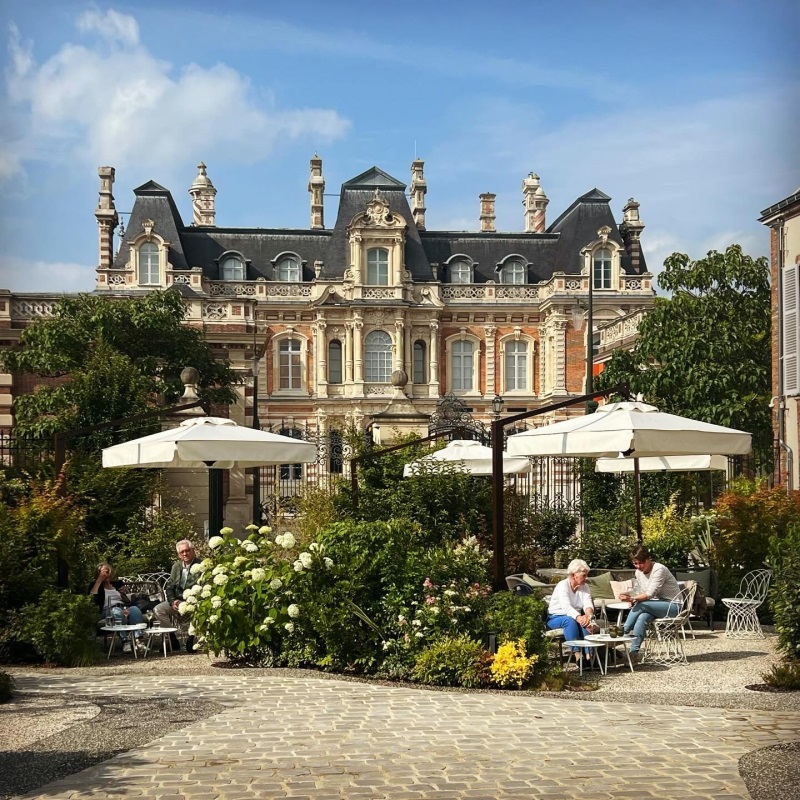
While Reims draws the crowds, Épernay is a better base for exploring the region quietly. The Route Touristique du Champagne passes through towns like Bouzy, Verzy, Ay, and Montmort-Lucy.
Tastings at small family-run champagne houses are often inexpensive and personal. Some serve rare types like Bouzy Rouge, a red wine made in the region.
10. The Bauges: Uncrowded Alpine Scenery

While Annecy itself can get overrun, the nearby Bauges mountains are quiet, protected, and full of marked trails. You can cross the whole range without a car.
It’s ideal if you’re looking for wilderness close to the Swiss border, and less expensive than nearby Chamonix.
11. Angers: A Tapestry Few Know About

In the western Loire, Angers is often overlooked despite being home to the Apocalypse Tapestry, one of the most unique medieval artworks in France.
The town itself is pleasant and walkable, with a castle, historic quarters, and fewer crowds than more famous spots.
